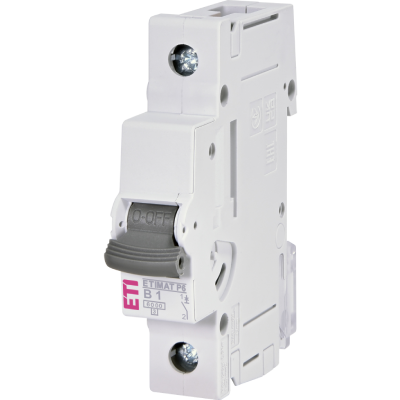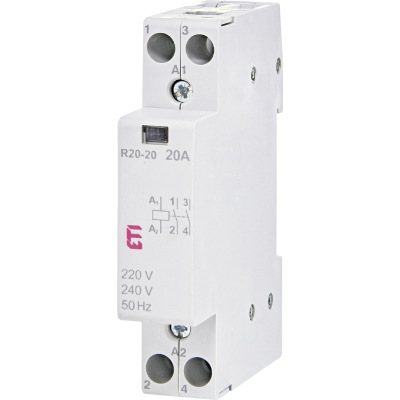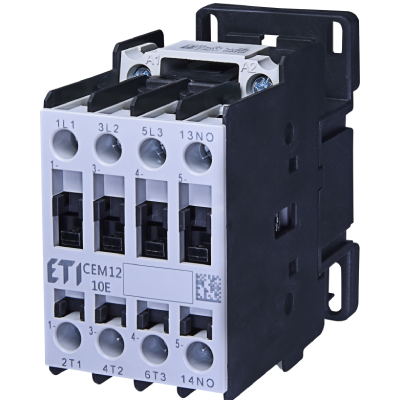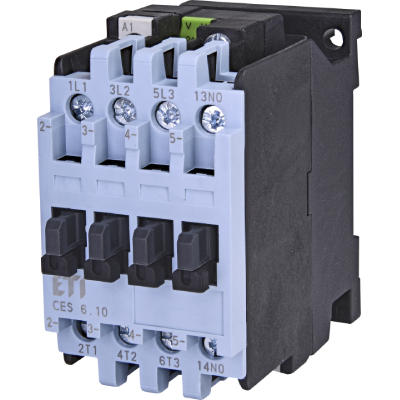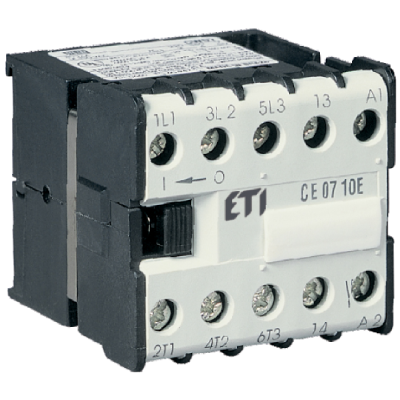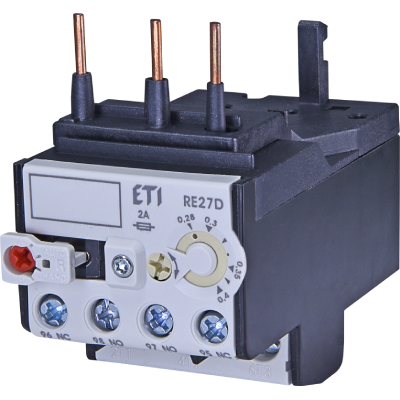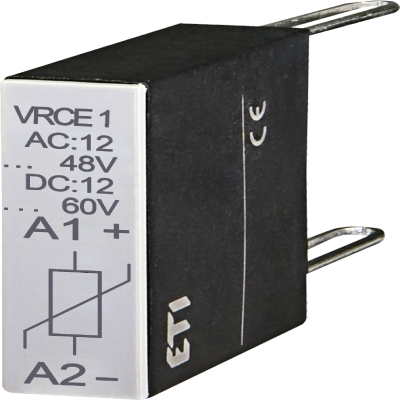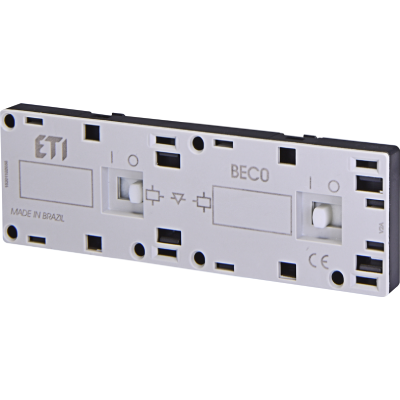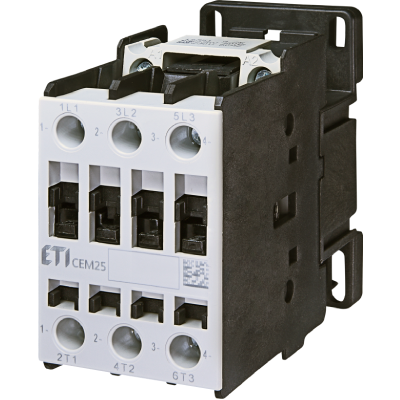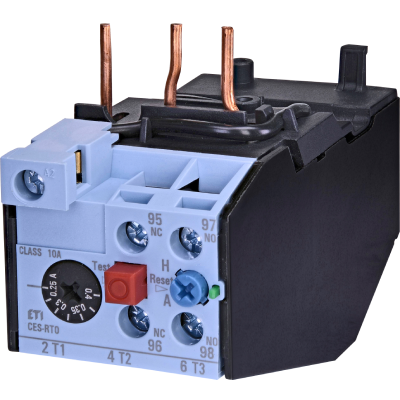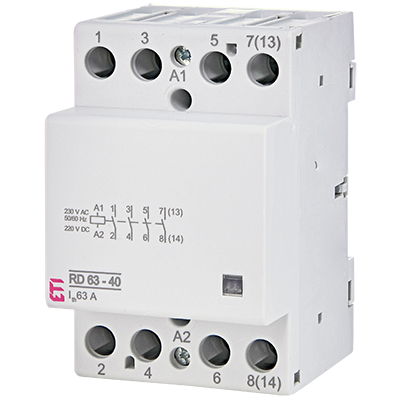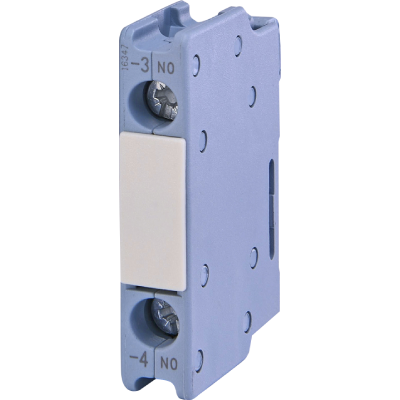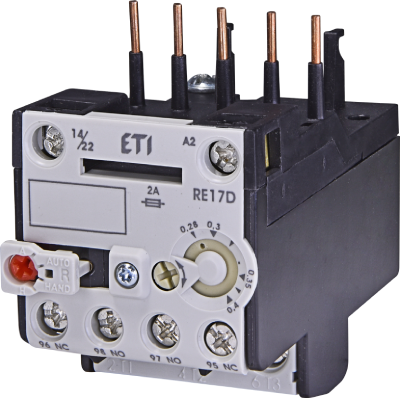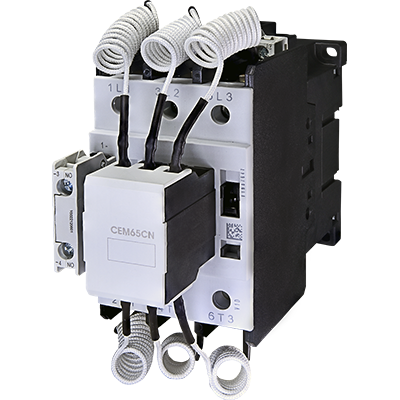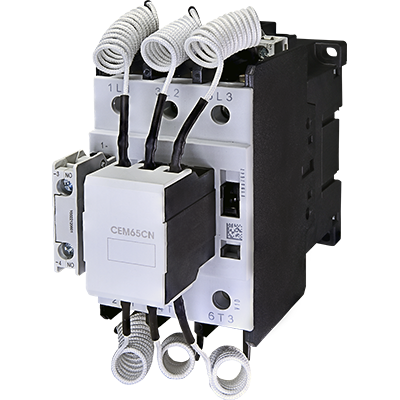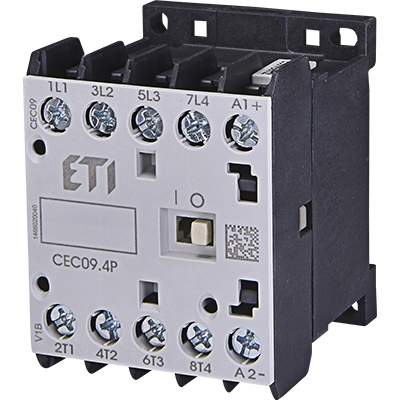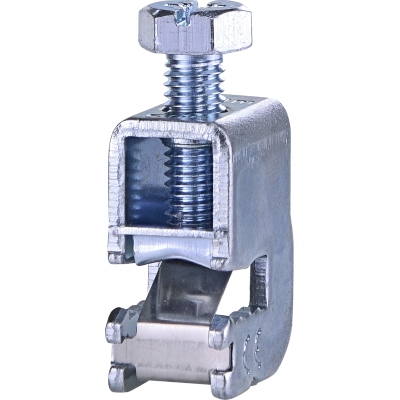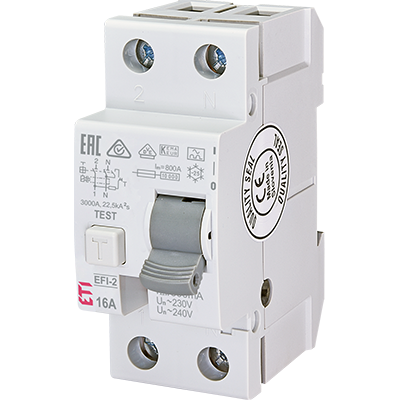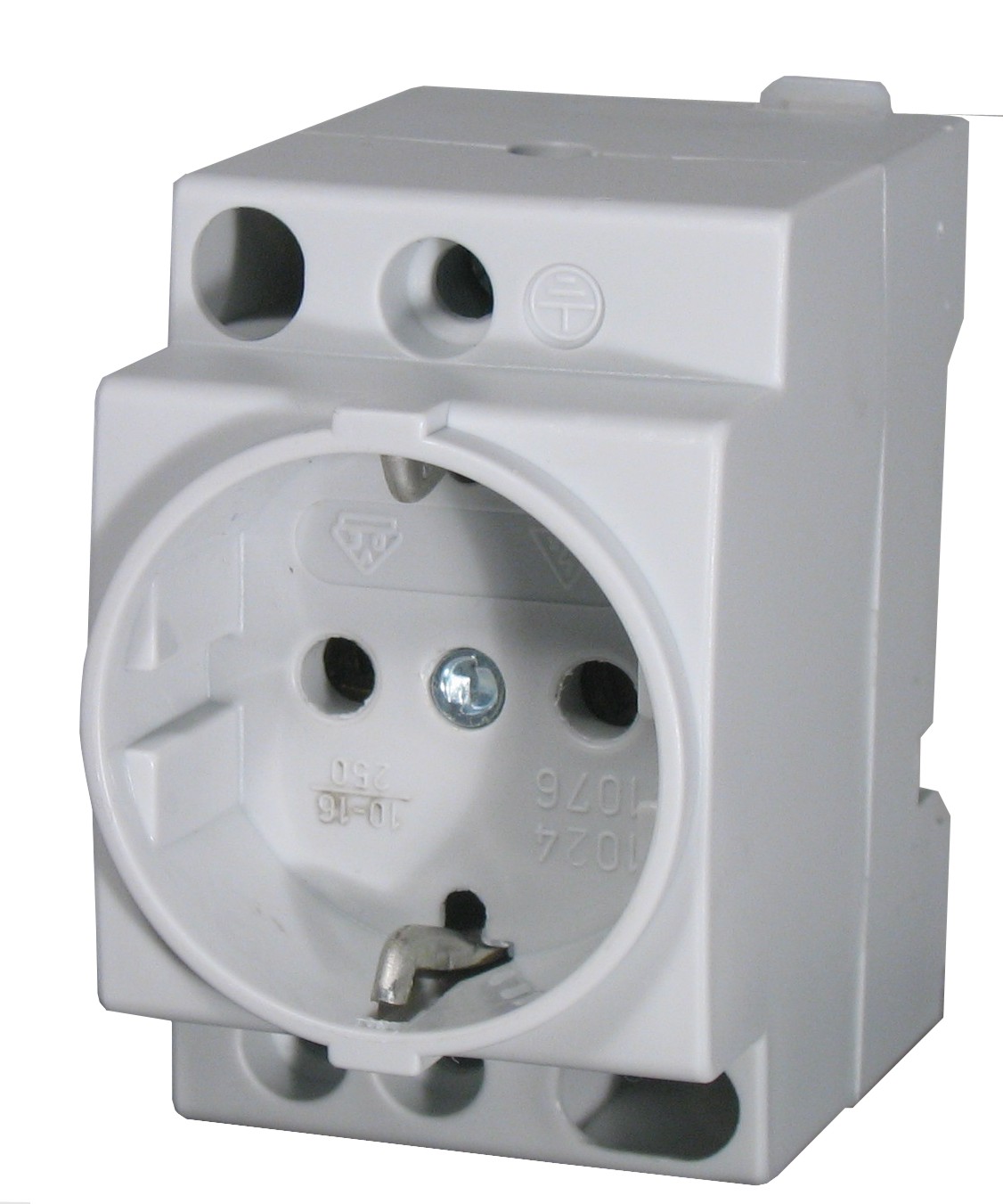Utilisation categories of electrical systems
When designing a system that is switching an electrical load it is vitally important to choose the correct type of switchgear that will switch the load on or turn the load.
Electrical systems often involve loads being switched on and off for operation of equipment. In order to select the correct switchgear for the intended application, it is first necessary to determine the operating characteristics of the load to be controlled or switched.
| Aleš Semolič Technical support |
IEC (International Electrotechnical Commission)
In order to assist with selection of switchgear devices, IEC defined several utilisation categories. Utilization categories are defined in the standards for low-voltage switchgear low-voltage switchgear (IEC 60947-1, -2, -3, -4, -5, -6), they take into account the intended application and hence the associated loading of the various low-voltage switchgear types, such as contactors, disconnectors, circuit breakers and load switches (Tab. 1.1-1).
They serve as an indication, on any electrical device, of the type of electrical load it carries, and what the duty cycle is of the load. This makes the selection of appropriate contactors and relays much simpler, and ensures the maximum safety of electrical equipment so it doesn't overload.
Example:
The utilisation category that governs low-voltage switchgear lays out the operating conditions characteristic of switchgear; contactors, contactor relays, circuit-breakers and their associated fuse units, etc. Such devices are all set up for different operating conditions and electrical loads, which need to be separated into sub-categories for accurate definition.
Utilisation categories defined by the IEC standards:
| Standard | |
| IEC 60947-1 | General requirements |
| IEC 60947-2 | Circuit-breakers |
| IEC 60947-3 | Circuit-breakers, switch-fuse units and switch-disconnectors |
| IEC 60947-4 | Contactors and motor starters: 4-1 Electromechanical contactors and motor starters 4-2 Semiconductor motor controllers & starters for AC voltage |
| IEC 60947-5 | Control apparatus and switching elements: 5-1 Electromechanical control apparatus |
| IEC 60947-6 | Multi-function switchgear and control gear: 6-1 Mains switches (categories AC-32A/B) 6-2 Control and protective switchgear (CPS) |
| IEC 60947-7 | Auxiliary equipment: 7-1 Terminal blocks for copper conductors 7-2 Protective conductor terminal blocks for copper conductors |
How To Select The Appropriate Rating For Your Device
The rated operational powers or currents are usually listed in the technical data provided with the device. They are generally given for various rated operational voltages. To make these standards universally applicable, each piece of switchgear will usually specify the data for several utilisation categories.
That makes device selection much simpler for project engineers; they just have to compare the ratings of the load with the performance data of the switchgear in the respective utilisation category, and select a device that meets, or even exceeds the load ratings.
The rated operational current Ie and the rated operational voltage Ue are stipulated for a particular utilisation category, defines the necessary making and breaking capacity of a given switchgear item. No further agreements are generally required between users and manufacturers, with device selection and comparison having been facilitated.
There is also IEC/EN 61095 that defines categories governing "household and similar applications". Contact load in amperes is typically stated directly on the contactor, e.g. AC1 for inductive loads such as heaters, and AC3 for motor usage.
For other devices the operational currents or rated operational power can be found in the products technical data. Often manufacturers of electrical switchgear will list data for several utilisation categories for a particular product. Correct switchgear selection can be achieved by ensuring that the electrical load characteristics meet or exceed the ratings laid out in the manufacturer's data.
Test Conditions
Test regulations set out in the IEC standards lay down the parameters within which tests must be carried out by manufacturers, in each individual utilisation category. These standards ensure that all tested devices are suitable for the respective application, and means the user doesn't have to get drowned in technical details. In some circumstances, conditions for the application may differ considerably in practice from the conditions set out in the standards. Such conditions include high frequency of operation, heavy-duty starting, and particularly long lifespan of equipment. In such circumstances, both manufacturers and users must agree what loads are permitted.
Commonly Used Utilisation Categories
he table below gives an overview of the various different abbreviations used for low voltage switchgear and control gear, together with the devices to which each utilisation category applies, and the IEC standard that governs them.
| Utilization Category | Typical Application | Applicable IEC norm |
| AC-1 | Non-inductive or slightly inductive loads, example: resistive furnaces, heaters | 60947-4-1 |
| AC-2 | Slip-ring motors: switching off | 60947-4-1 |
| AC-3 | Squirrel-cage motors: starting, switches off motors during running time | 60947-4-1 |
| AC-4 | Squirrel-cage motors: starting, plugging, inching | 60947-4-1 |
| AC-5a | Switching of discharge lamps | 60947-4-1 |
| AC-5b | Switching of incandescent lamps | 60947-4-1 |
| AC-6a | Switching of transformers | 60947-4-1 |
| AC-6b | Switching of capacitor banks | 60947-4-1 |
| AC-7a | Slightly inductive loads in household appliances: examples: mixers, blenders | 60947-4-1 61095 |
| AC-7b | Motor-loads for household appliances: examples: fans, central vacuum | 60947-4-1 61095 |
| AC-8a | Hermetic refrigerant compressor motor control with manual resetting overloads | 60947-4-1 |
| AC-8b | Hermetic refrigerant compressor motor control with automatic resetting overloads | 60947-4-1 |
| AC-12 | Control of resistive loads and solid state loads with opto-coupler isolation | 60947-5-2 |
| AC-13 | Control of solid state loads with transformer isolation | 60947-5-1 |
| AC-14 | Control of small electromagnetic loads | 60947-5-1 |
| AC-15 | Control of A.C. electromagnetic loads | 60947-5-1 |
| AC-20 | Connecting and disconnecting under no-load conditions | 60947-3 |
| AC-21 | Switching of resistive loads, including moderate overloads | 60947-3 |
| AC-22 | Switching of mixed resistive and inductive loads, including moderate overloads | 60947-3 |
| AC-23 | Switching of motor loads or other highly inductive loads | 60947-3 |
| AC-31A AC-31B | Non-inductive or weakly inductive loads | 60947-6-1 |
| AC-33A AC33B | Motor loads or mixed loads including motors, resistors and up to 30 % incandescent lamp load | 60947-6-1 |
| AC-35A AC-35B | Gas discharge lamp load | 60947-6-1 |
| AC-36A AC36B | Incandescent lamp load | 60947-6-1 |
| AC-40 | Distribution circuits of mixed resistive and inductive loads | 60947-6-2 |
| AC-41 | Non-inductive or weakly inductive loads, resistance furnaces | 60947-6-2 |
| AC-42 | Slip ring motors: Starting, switching off | 60947-6-2 |
| AC-43 | Squirrel cage motors: Starting, switching off during operation | 60947-6-2 |
| AC-44 | Squirrel cage motors: Starting, counter-current braking or reversing, typing | 60947-6-2 |
| AC-45a | Switching of gas discharge lamps | 60947-6-2 |
| AC-45b | Switching incandescent lamps | 60947-6-2 |
| AC-51 | Induction-free or slightly inductive loads, resistance furnaces | 60947-4-3 |
| AC-52a | Control of the stator winding of a slip-ring motor: 8-hour operation with starting currents for starting processes, maneuvering, operation | 60947-4-2 |
| AC-52b | Control of the stator winding of a slip ring motor: Intermittent operation | 60947-4-2 |
| AC-53a | Control of a squirrel cage motor: 8-hour operation with starting currents for starting processes, maneuvering, operation | 60947-4-2 |
| AC-53b | Control of a squirrel cage motor: Intermittent operation | 60947-4-2 |
| AC-55a | Switching of electrical controls of discharge lamps | 60947-4-3 |
| AC-55b | Switching incandescent lamps | 60947-4-3 |
| AC-56a | Switching transformers | 60947-4-3 |
| AC-56b | Switching of capacitor batteries | 60947-4-3 |
| AC-58a | Control of a hermetically sealed refrigeration compressor motor with automatic reset of overload releases: 8-hour operation with starting currents for starting, maneuvering, operation | 60947-4-2 |
| AC-58b | The control of a hermetically sealed refrigeration compressor motor with automatic reset of the overload trips: Intermittent operation | 60947-4-2 |
| AC-140 | Control of small electromagnetic loads with holding current =< 0.2 A; e.g. contactor relays | 60947-5-2 |
| A | Protection of circuits, with no rated short-time withstand current | 60947-3 |
| B | Protection of circuits, with a rated short-time withstand current | 60947-3 |
| DC-1 | Non Inductive or slightly inductive loads, resistance furnaces, heaters | 60947-4-1 |
| DC-3 | Shunt-motors, starting, plugging(1), inching(2), dynamic braking of motors | 60947-4-1 |
| DC-5 | Series-motors, starting, plugging(1), inching(2), dynamic braking of motors | 60947-4-1 |
| DC-6 | Switching of incandescent lamps | 60947-4-1 |
| DC-12 | Control of resistive loads and solid state loads with opto-coupler isolation | 60947-5-1 60947-5-2 |
| DC-13 | Control of D.C. electromagnetics | 60947-5-1 60947-5-2 |
| DC-14 | Control of D.C. electromagnetic loads having economy resistors in the circuit | 60947-5-1 |
| DC-20 | Connecting and disconnecting under no-load conditions | 60947-5-1 |
| DC-21 | Switching of resistive loads, including moderate overloads | 60947-5-1 |
| DC-22 | Switching of mixed resistive and inductive loads, including moderate overloads (i.e. shunt motors) | 60947-5-1 |
| DC-23 | Switching of highly inductive loads (i.e. series motors) | 60947-5-1 |
The table may be used to select the most suitable size of component for the respective device type, depending on the rated voltage, the rated current, and the electrical load that requires switching.




